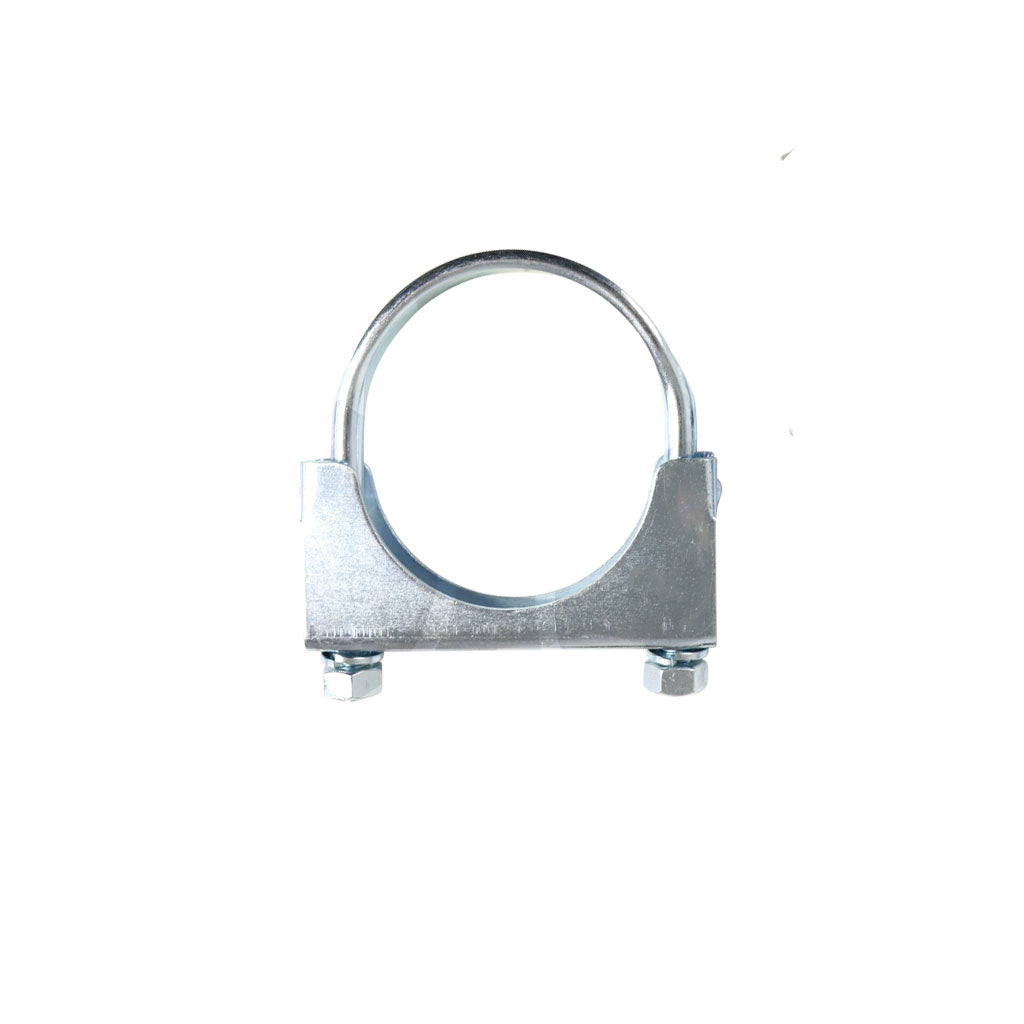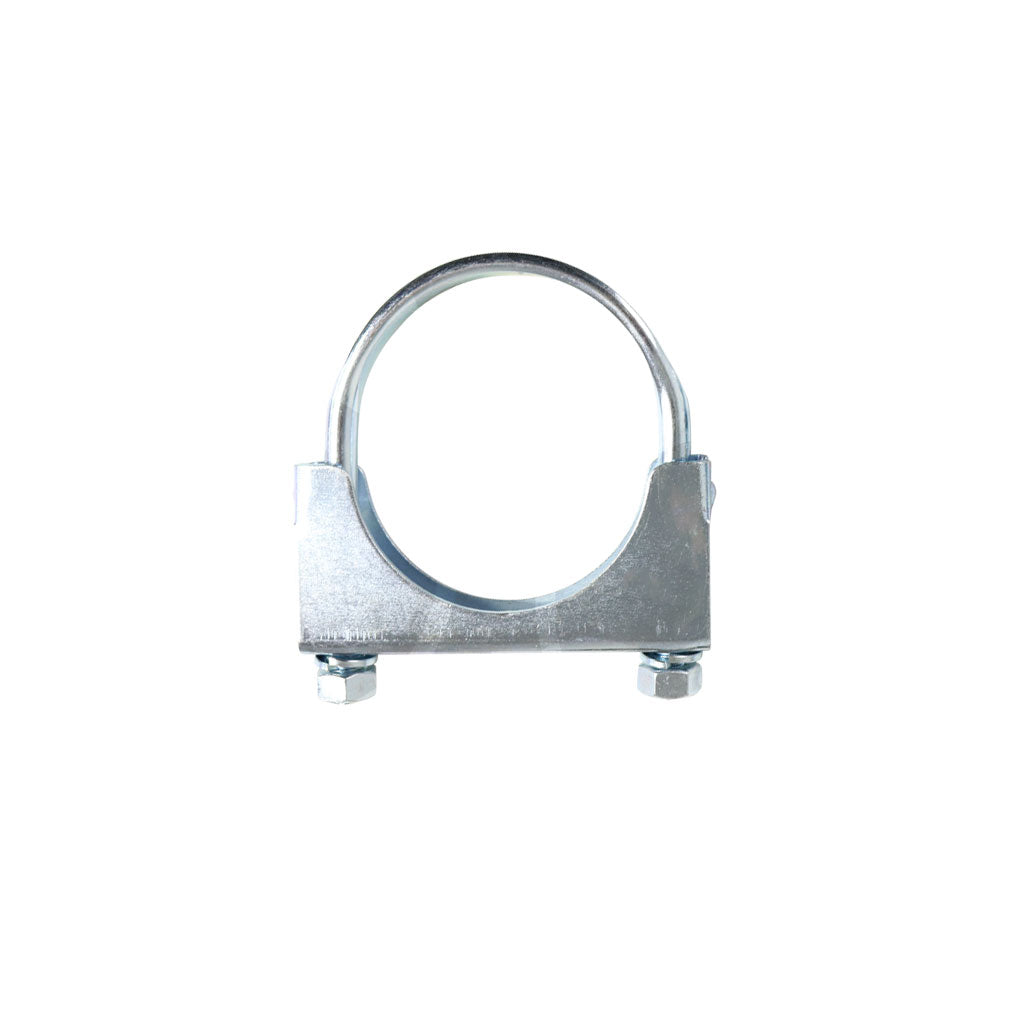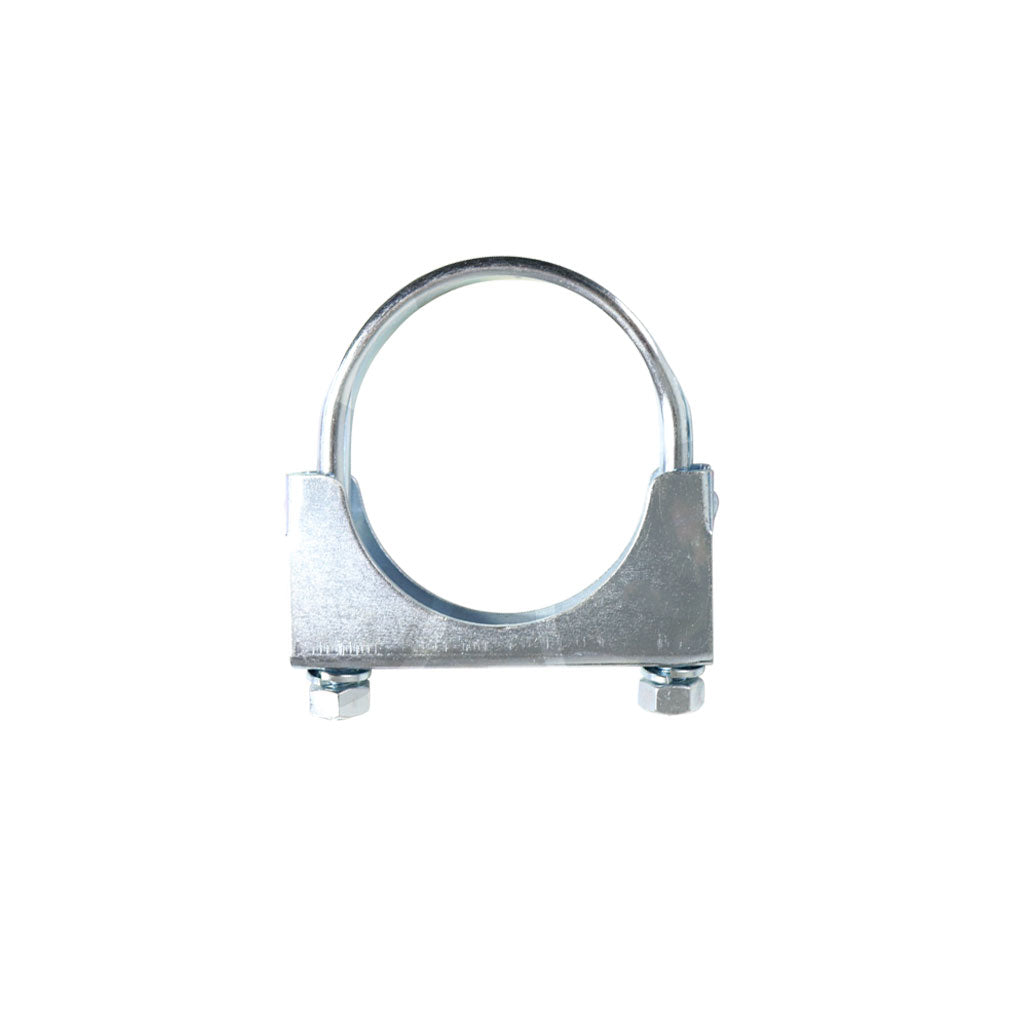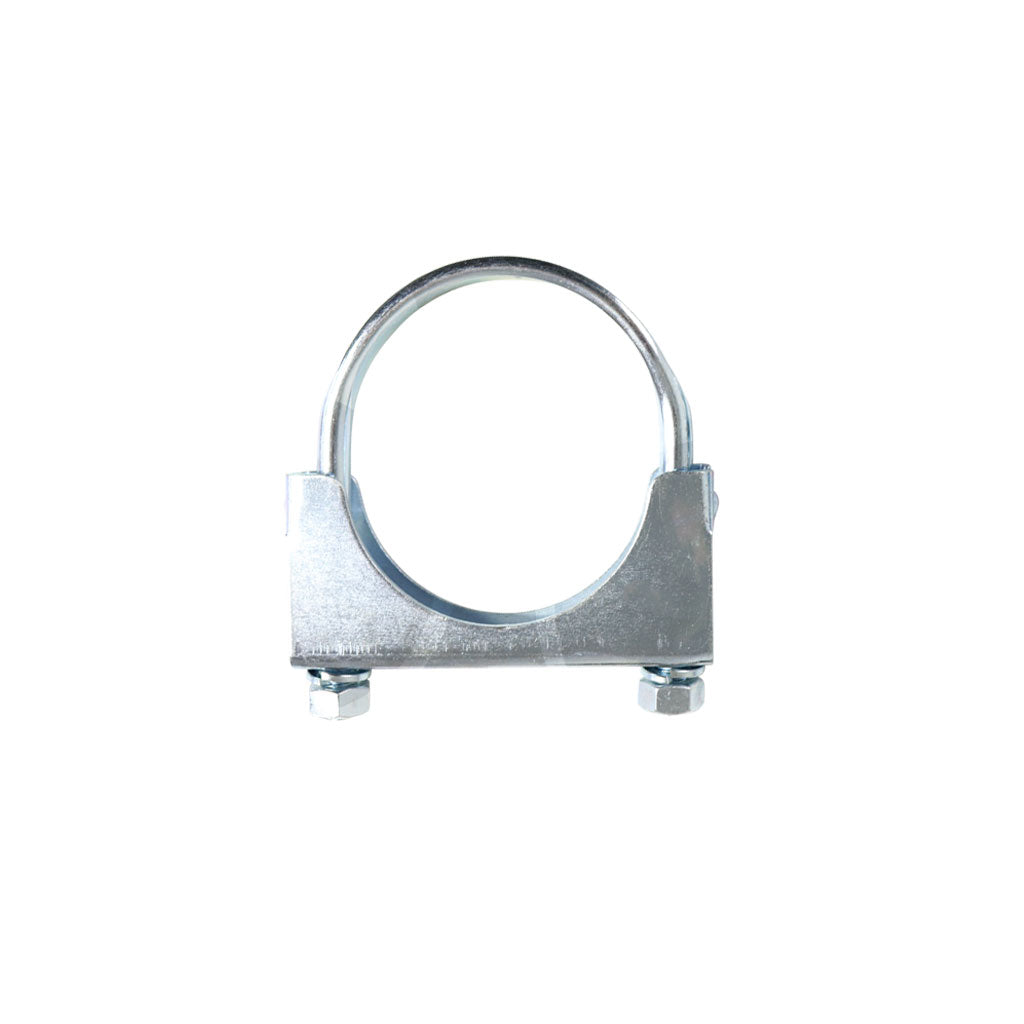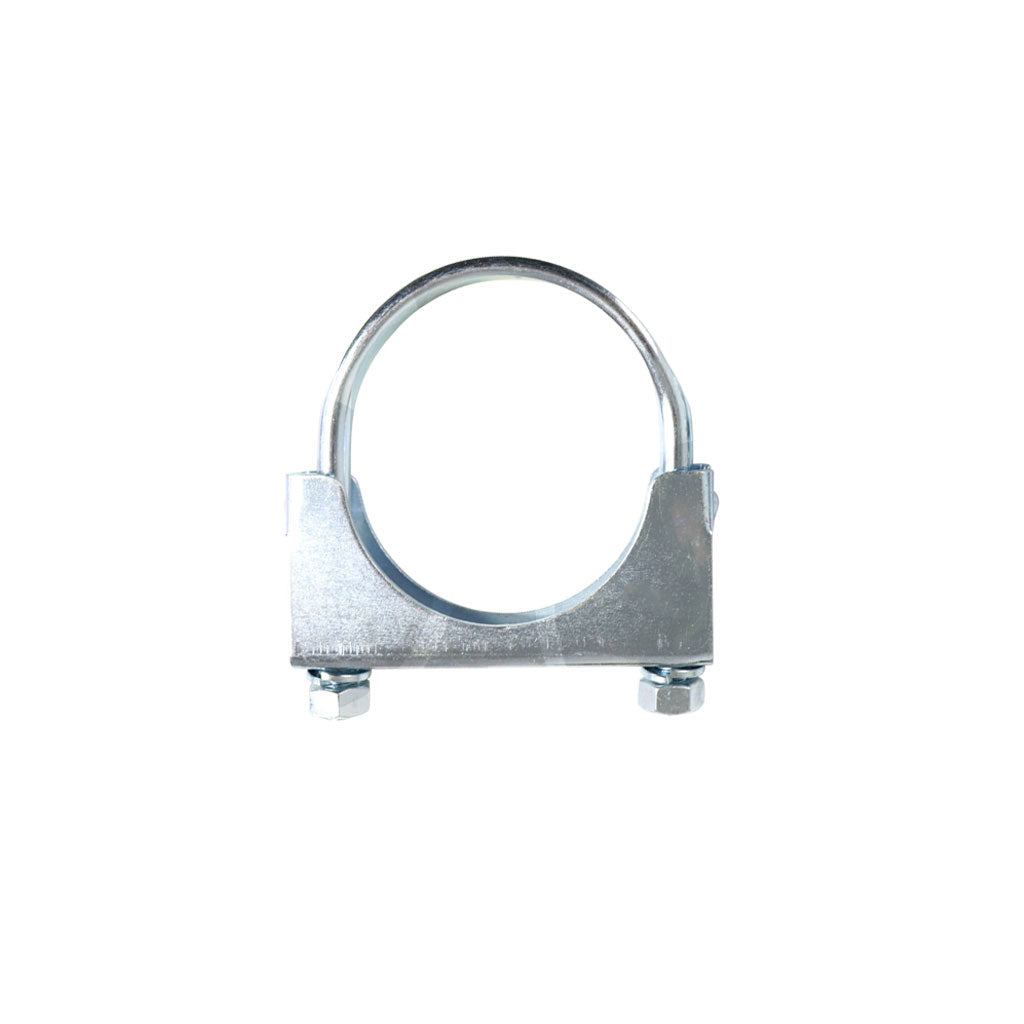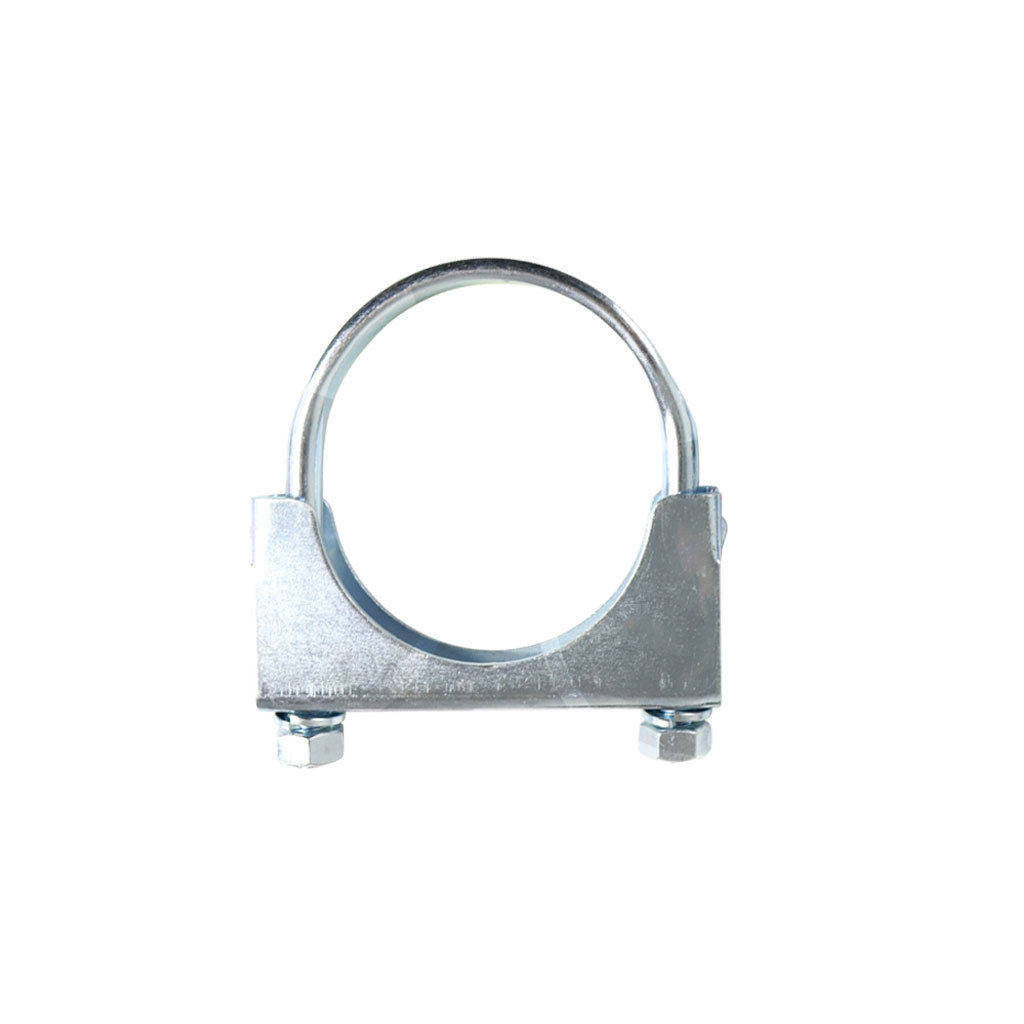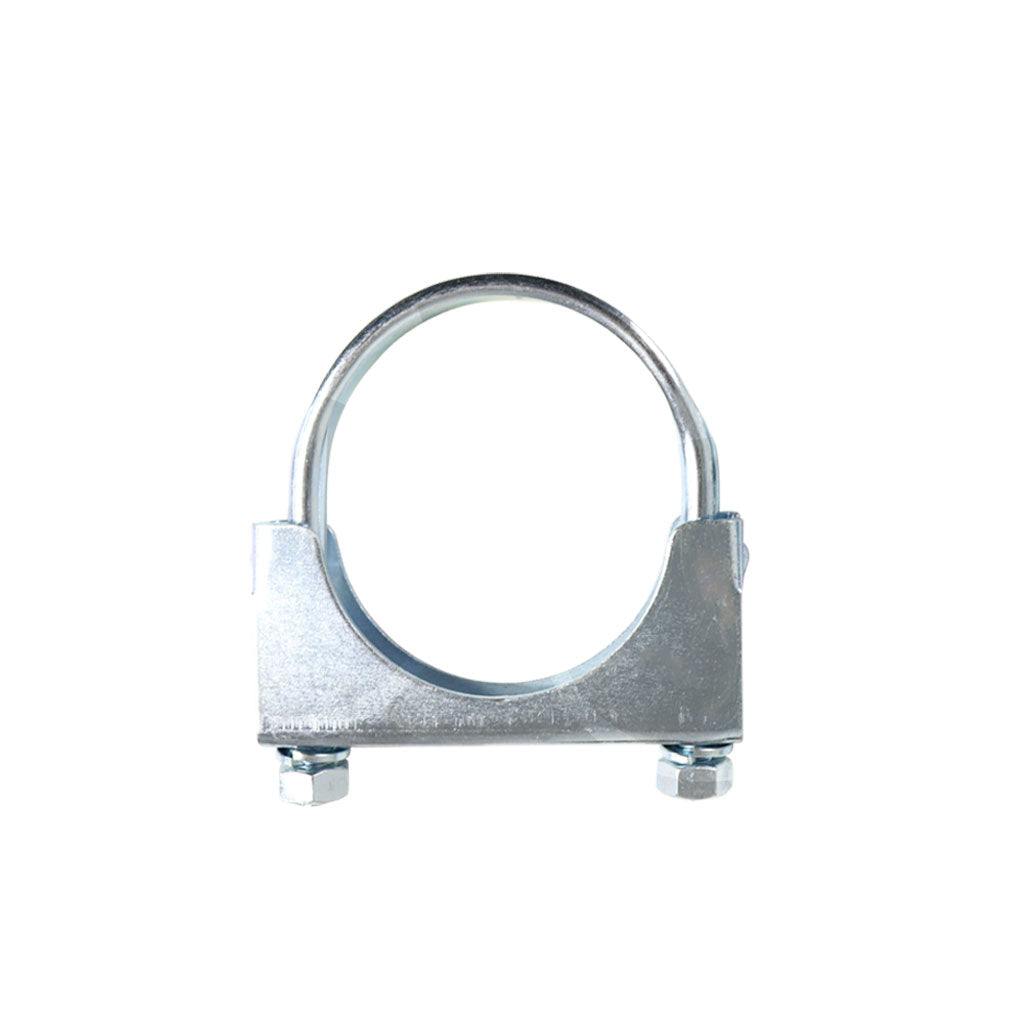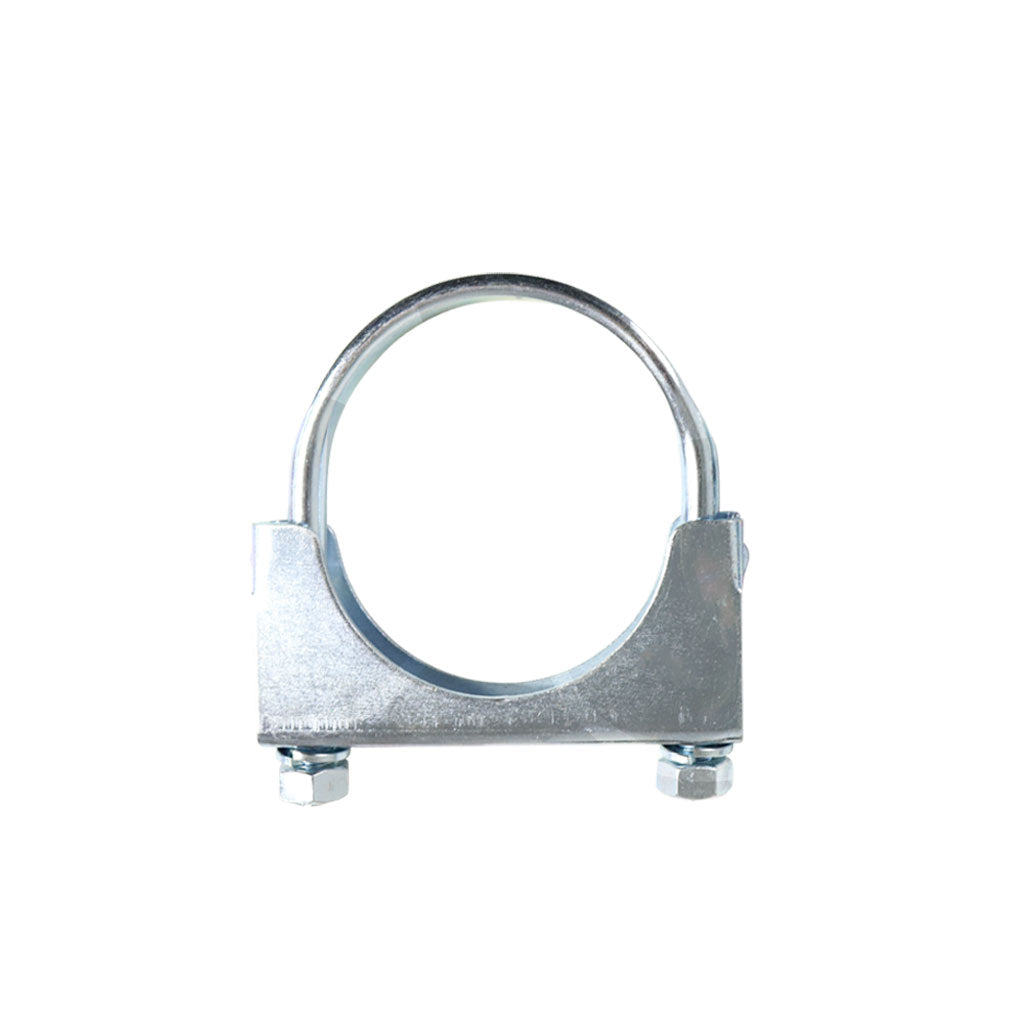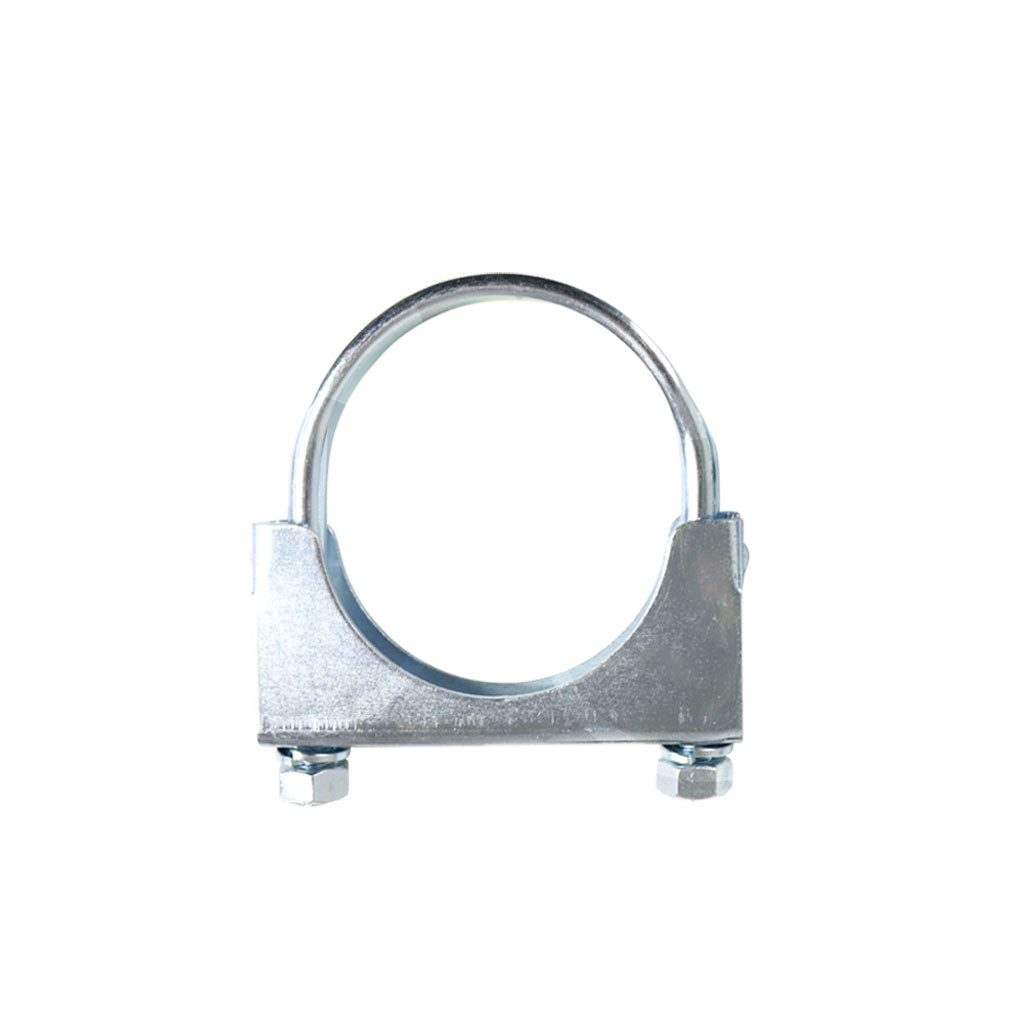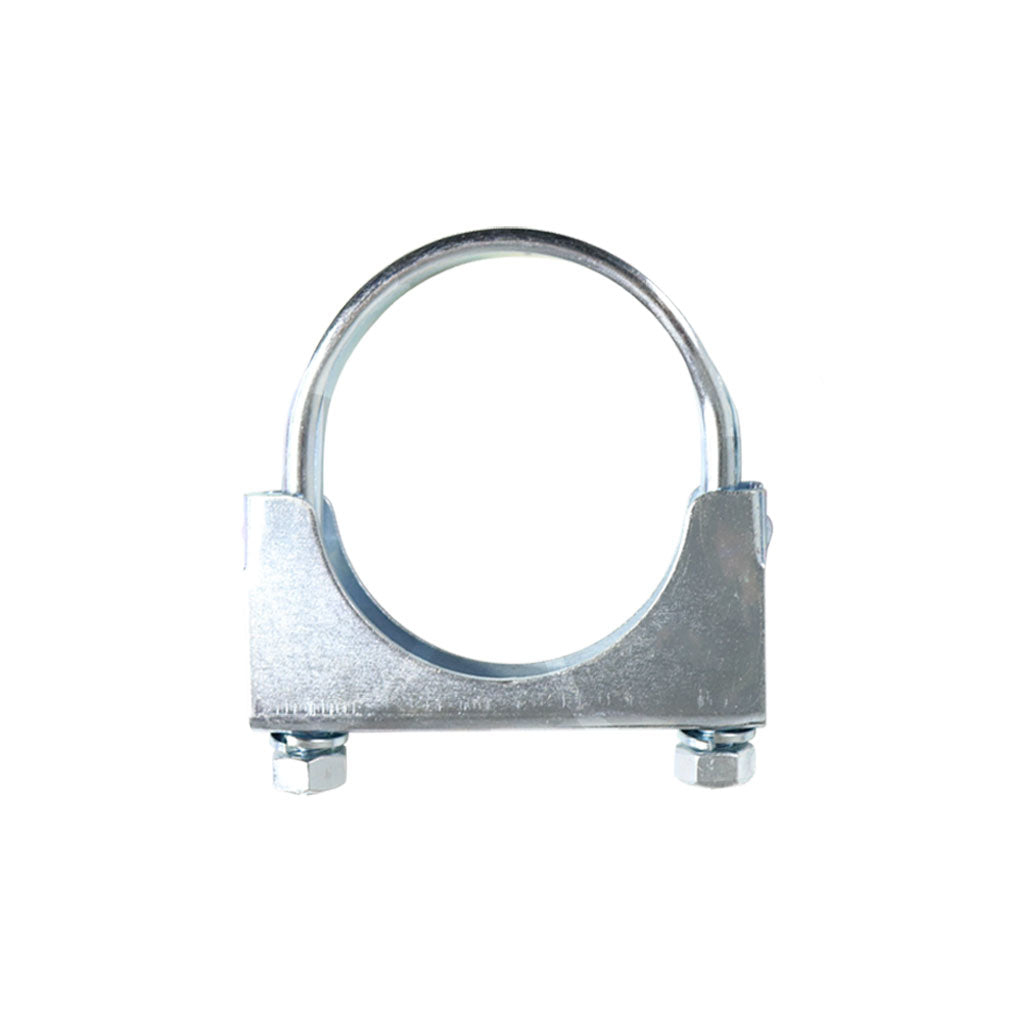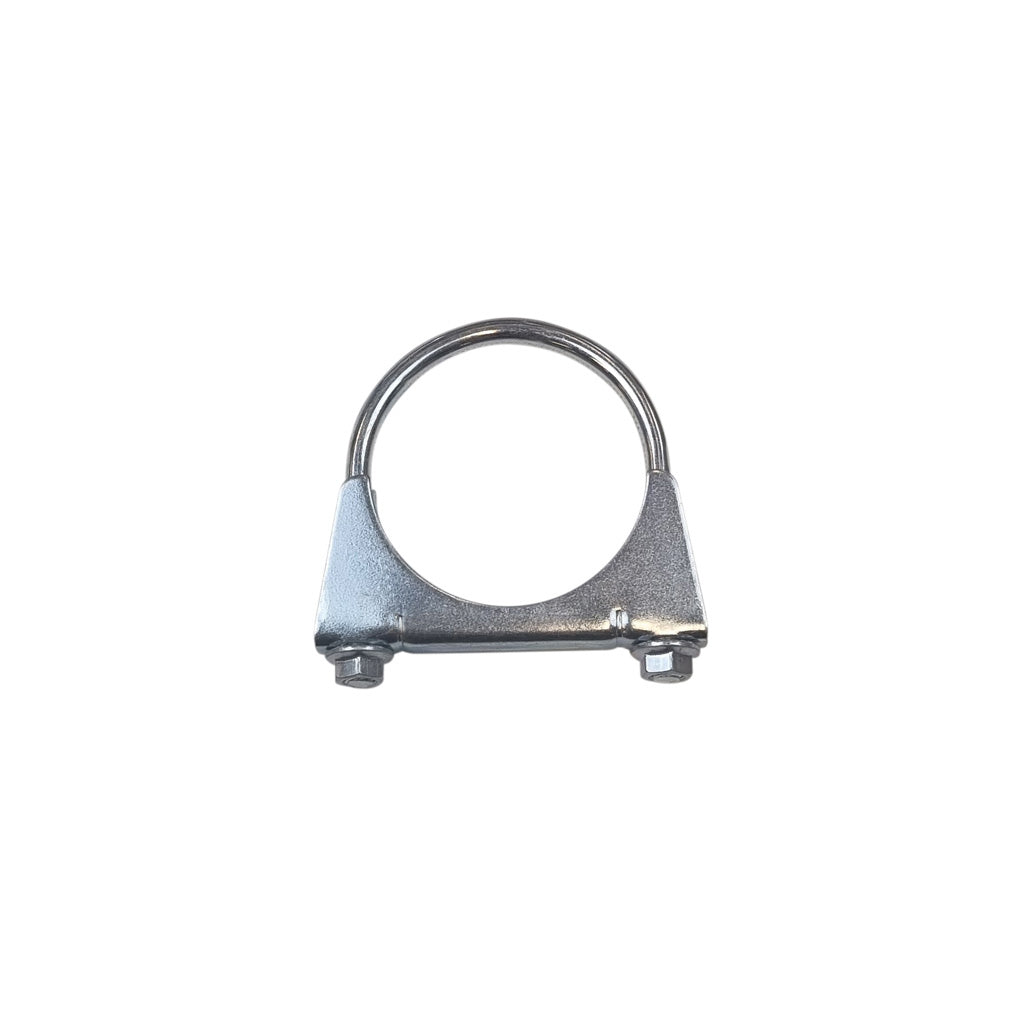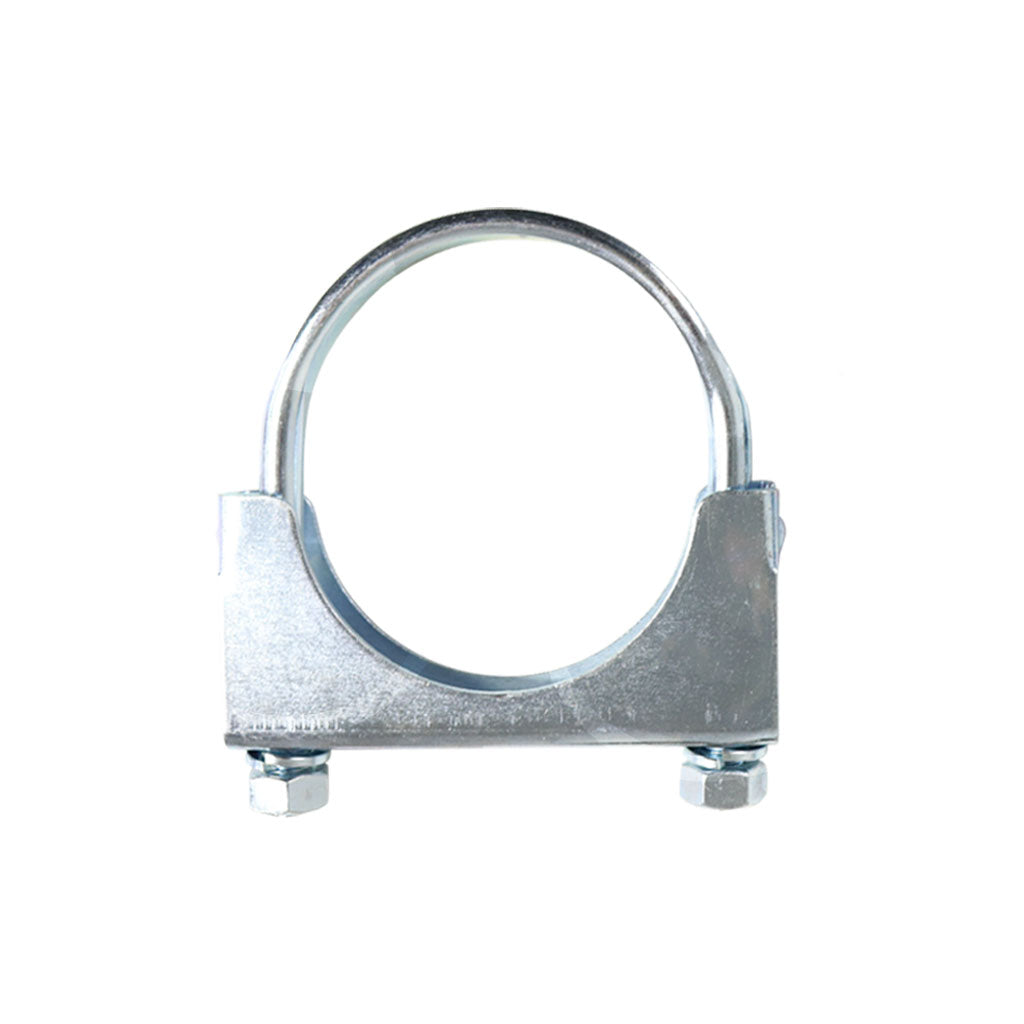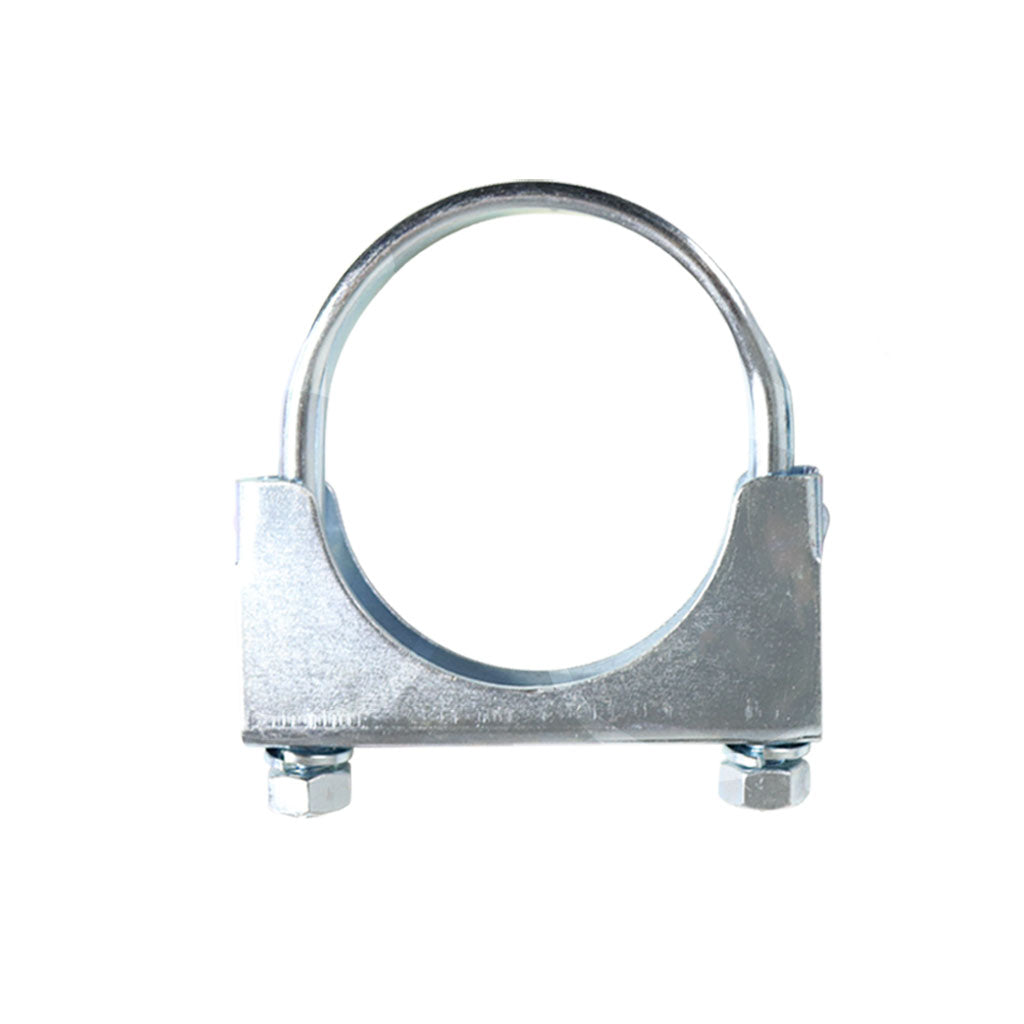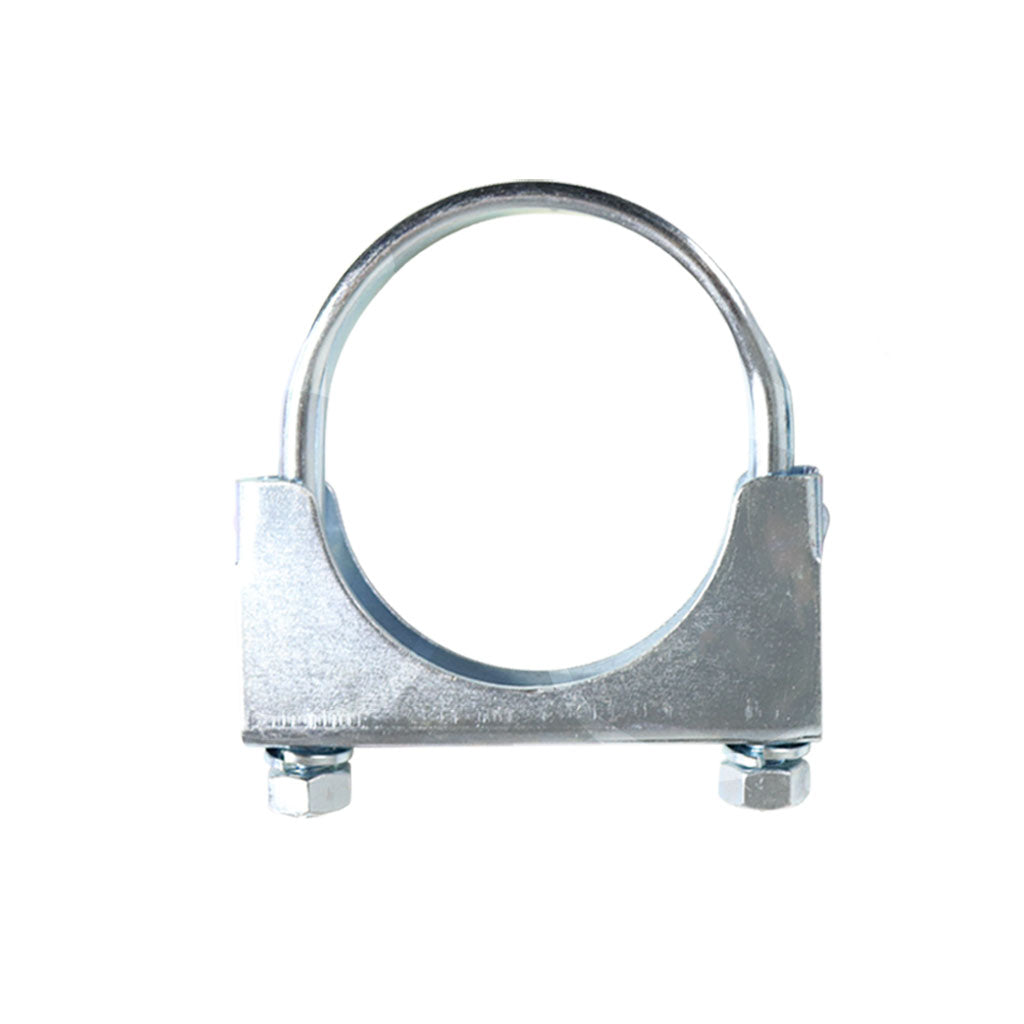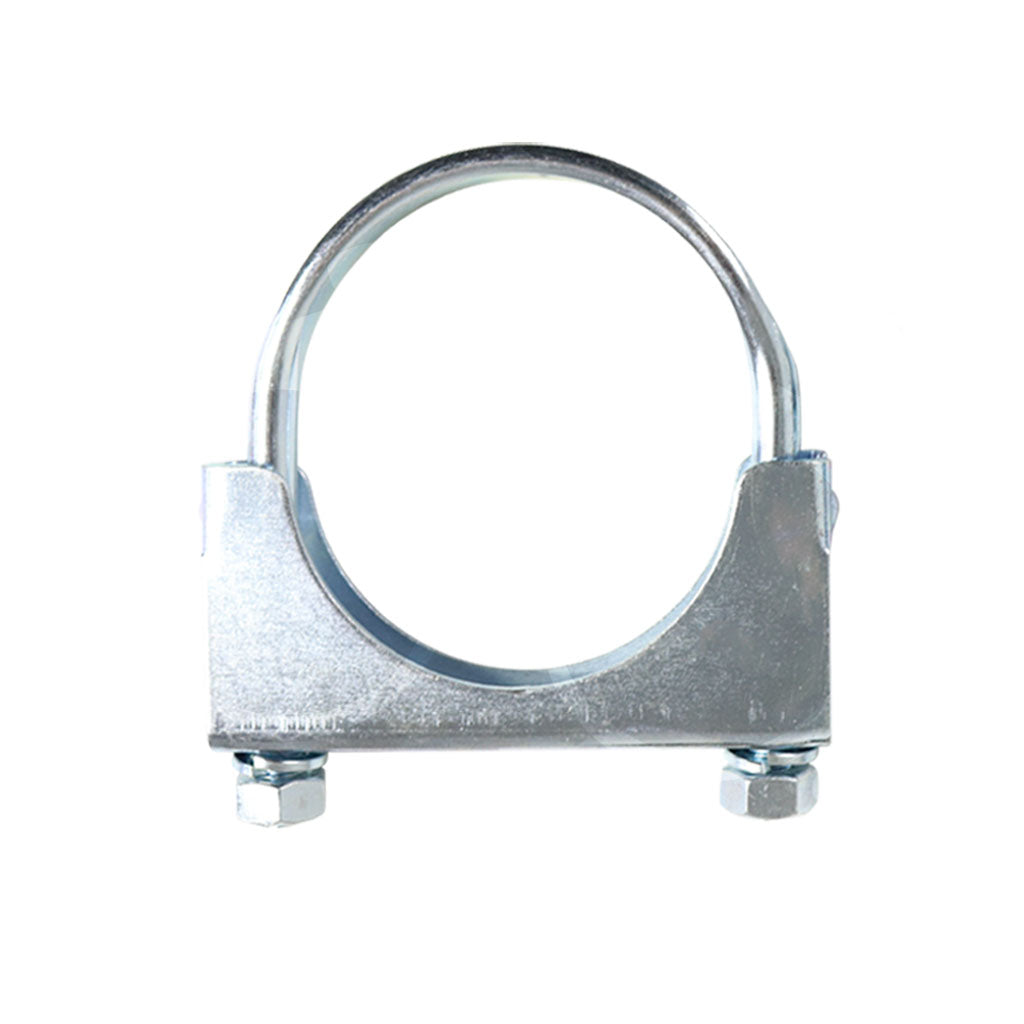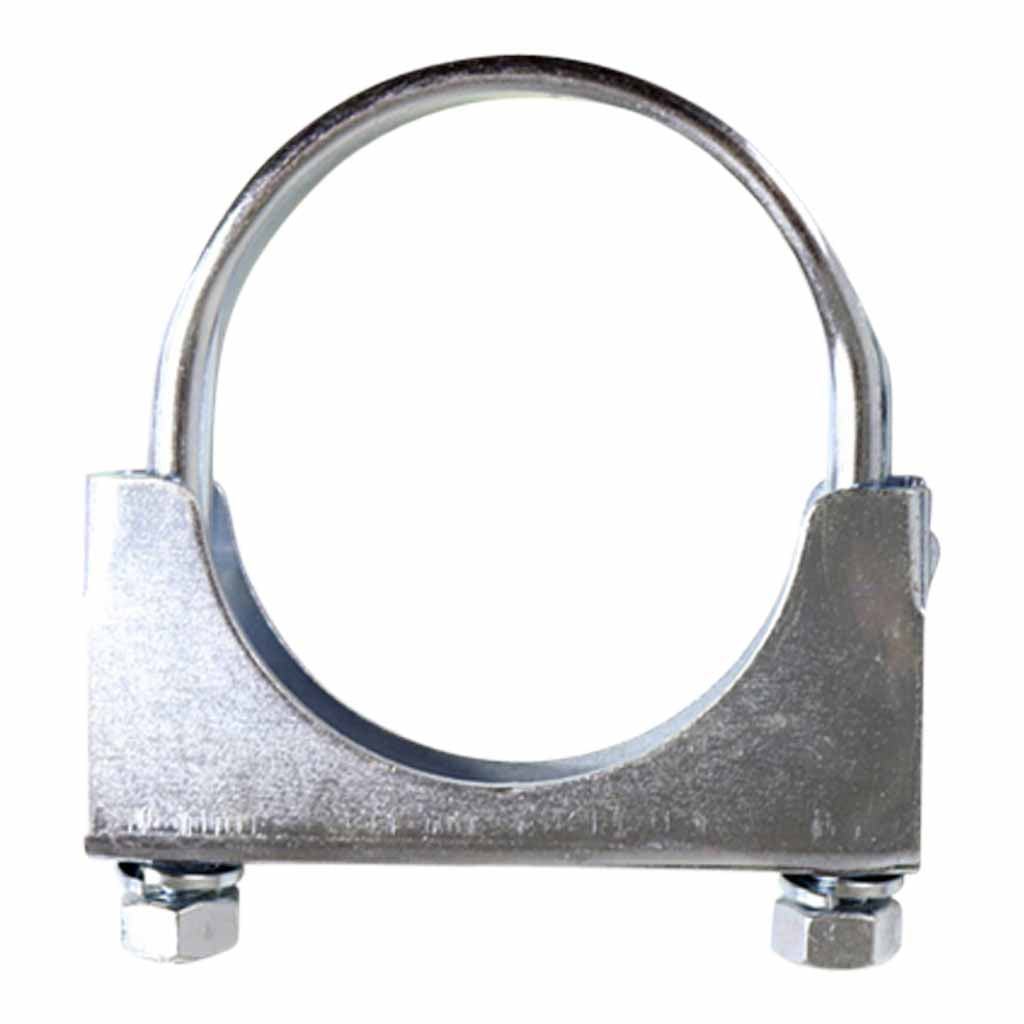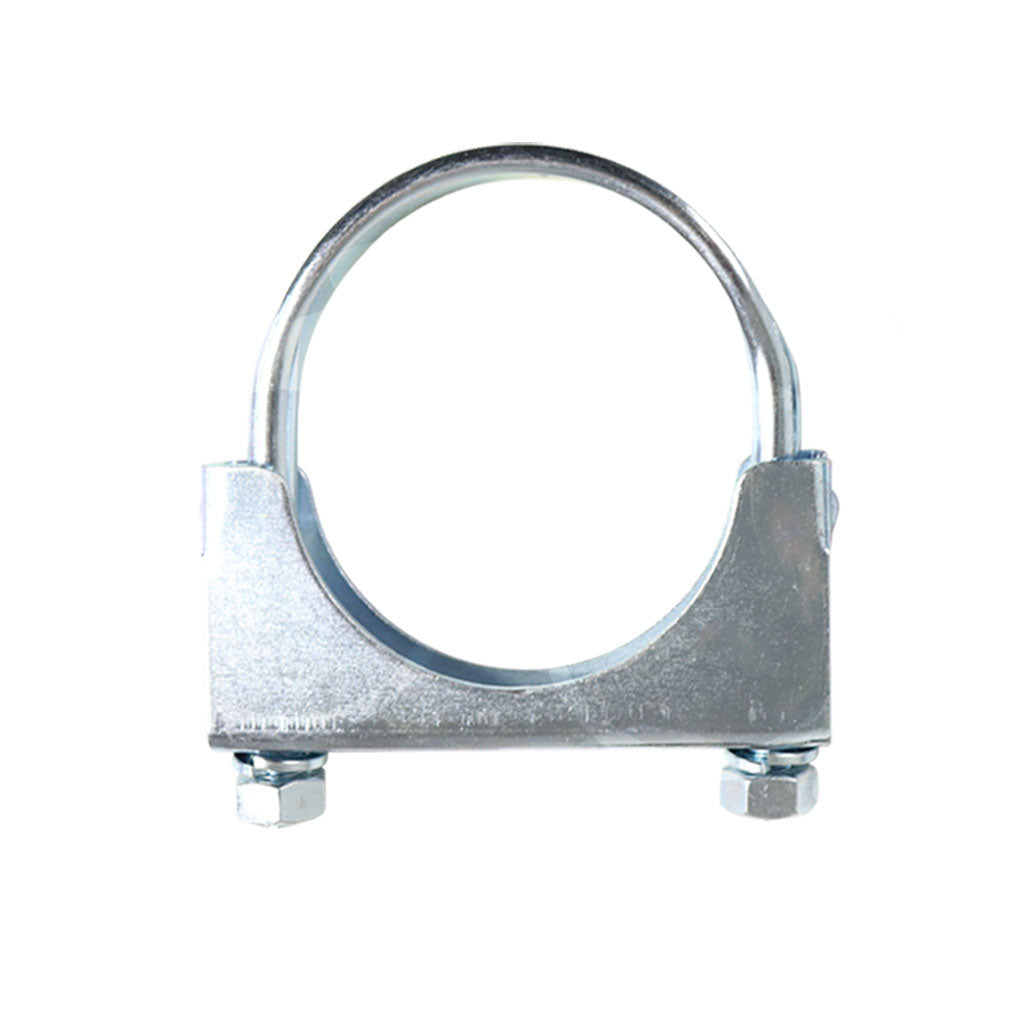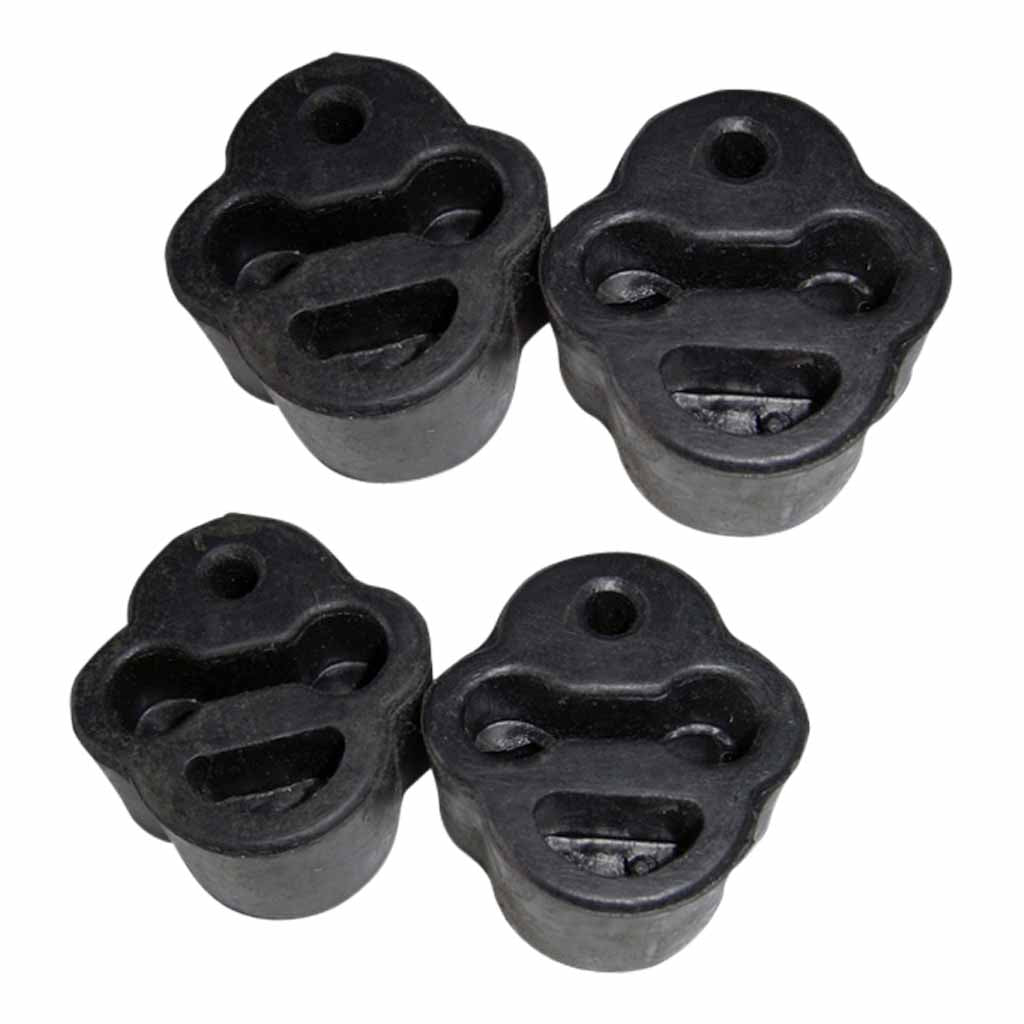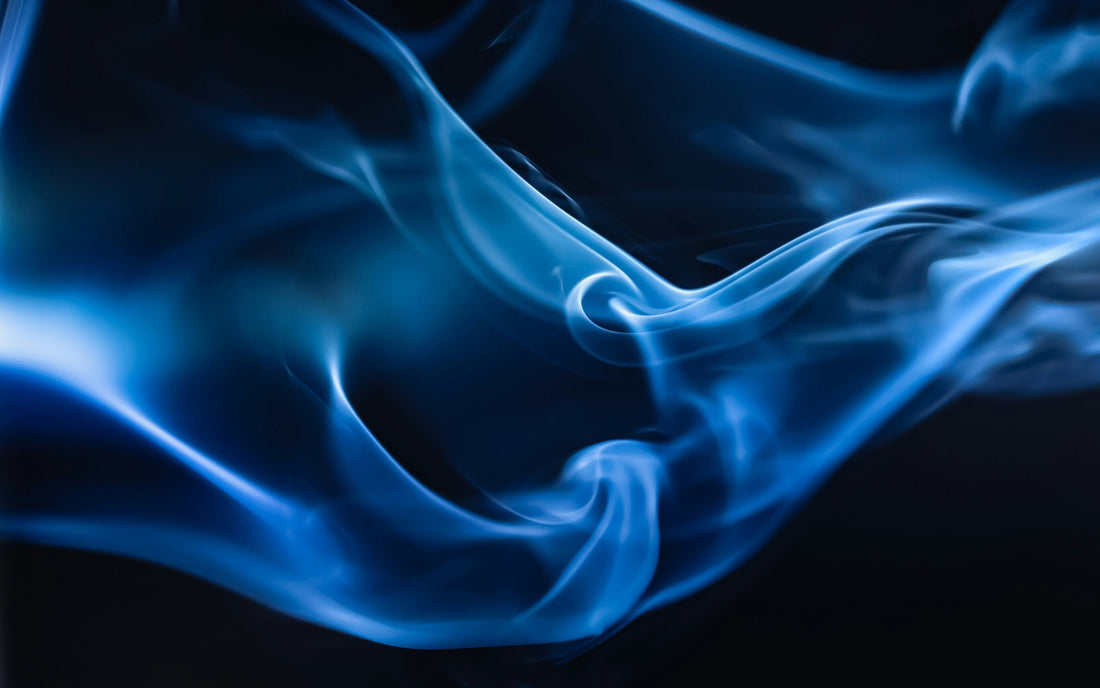If you've spotted blue smoke coming from your car’s exhaust, it’s a definite sign something isn’t quite right under the bonnet. While white smoke can sometimes be harmless and black smoke often points to a rich fuel mixture, blue smoke usually means your engine is burning oil—and that’s not something you want to ignore.
In this guide, we’ll explain what blue smoke really means, what causes it, how to fix it, and what to do if your performance ride starts leaving a blue trail behind.
What Does Blue Smoke from the Exhaust Mean?
Blue smoke from your exhaust is a strong indicator that oil is leaking into the combustion chamber and burning alongside your fuel. Unlike white vapour (which is often condensation) or black smoke (usually excess fuel), blue smoke is almost always due to engine oil burning where it shouldn’t be.
This can happen at startup, during acceleration, or while cruising—each of which can point to a different cause.
If left unchecked, it can lead to increased oil consumption, reduced engine performance, and even long-term engine damage.

Common Causes of Blue Smoke from the Exhaust
Here are the top reasons why your car might be pumping out blue smoke and potential solutions to fix the issue.
1. Worn or Damaged Piston Rings
Piston rings create a seal between the piston and the cylinder wall. When they wear out, oil can slip past them and into the combustion chamber, where it burns off as blue smoke.
If smoke occurs when under acceleration or when the engine is under significant load, it’s a further indication of a piston ring issue.
What to Do
This usually requires an engine rebuild (at worst) or ring replacement (at best). Definitely a job for a trusted mechanic.
2. Valve Seal Wear or Failure
Valve seals keep oil from dripping into the combustion chamber through the valves. If they’re worn, oil leaks through, especially when the engine is cold. Even if the smoke clears when the engine warms up, you should still investigate.
What to Do
Replacing valve seals can be time-consuming, but it is essential to stop the oil loss and smoke. It’s not something to delay if your car’s burning oil on every start, as easy fixes can become nightmare jobs if not resolved early on.
3. Turbocharger Issues (Turbo Engines only)
In turbocharged cars, the turbo uses oil for lubrication. If the turbo seals are worn, oil can leak into the intake or exhaust side, causing blue smoke. You’ll often notice the smoke when the turbo spools up or is under load.
What to Do
You may need a turbo rebuild or replacement, but it’s best to speak with a local mechanic before making any major changes. Address turbo problems early because (as with many car issues) they can turn into costly fixes if left unchecked.
4. PCV (Positive Crankcase Ventilation) Valve Failure
The PCV valve helps release pressure in the engine. If it fails, excess pressure can force oil into the intake, leading to it being burned in the cylinders. Over time, PCV valves can become clogged with sludge and carbon deposits. General wear and tear due to inconsistent engine maintenance can cause failure, leaking oil into your system and creating blue smoke.
What to Do
If blue smoke appears in no predictable pattern, or shows up when light throttling, it could indicate PCV valve failure. A faulty PCV valve is cheap to replace and often overlooked. It’s one of the few quick fixes on this list that can sometimes solve blue smoke issues without major work.
5. Overfilled Engine Oil
Too much oil in the engine can cause it to foam or get forced past seals, ending up in the combustion chamber.
What to Do
If you had a recent oil change or top-up followed by blue smoke, it might be due to excess oil. Check your dipstick–and if levels are too high, drain the excess. Keep oil between the min and max markers—never overfill.

Is Blue Smoke Dangerous?
In short—yes. While you might still be able to drive your car with blue smoke, it's not safe to ignore. Continued oil burning can:
-
Damage spark plugs.
-
Reduce engine compression.
-
Cause engine overheating.
-
Contaminate the catalytic converter.
-
Lead to full engine failure if left untreated.
It also means you’re topping up engine oil regularly—expensive and wasteful in the long run.
How to Diagnose the Issue
Here are some quick DIY checks you can do before heading to the mechanic:
-
Check your oil level – Is it dropping quickly between top-ups? That’s a red flag.
-
Watch when the smoke appears – Cold start? Acceleration? Knowing this can help narrow down the cause.
-
Look at your spark plugs – Oil-fouled plugs are a sign oil is getting into the combustion chamber.
-
Smell the exhaust – Blue smoke often comes with a burnt oil smell.
-
Listen for turbo noise – Whining or high-pitched spool noises could mean turbo trouble.
If in doubt, book a diagnostic check—catching the problem early can save your engine.
Can Aftermarket Exhausts Cause Blue Smoke?
No, an aftermarket exhaust won’t cause blue smoke. However, it might make it more visible.
Because performance exhausts usually have wider pipes and less restriction (like high-flow mufflers or straight pipes), any smoke—blue, white, or black—tends to be more noticeable. So if you’ve recently upgraded your system and suddenly notice smoke, the problem was probably already there and is just now more obvious.
That’s why it’s smart to match performance exhaust upgrades with regular engine maintenance. Keep the whole system healthy—from the block to the tips.

FAQs About Blue Smoke from Exhaust
Is blue smoke from the exhaust a serious problem?
Yes. Blue smoke means your engine is burning oil, which is never ideal. If ignored, it can lead to worn spark plugs, reduced engine life, and in extreme cases, complete engine failure. Get it checked out ASAP.
Will a blown head gasket cause blue smoke?
Yes, a blown head gasket can cause blue smoke—but it's less common than white smoke. If the head gasket fails in a way that lets engine oil leak into the combustion chamber, that oil will burn and produce blue smoke from the exhaust. However, more often, a blown head gasket causes coolant leaks, which result in white smoke instead.
If you're seeing blue smoke along with engine overheating, milky oil, or bubbling in the coolant, it's possible your head gasket has failed and is allowing both oil and coolant to mix or burn. In that case, it’s best to get the engine inspected by a mechanic as soon as possible.
Can I drive my car with blue smoke?
You can—but you shouldn’t for long. Driving with blue smoke could lead to engine damage and higher repair costs. Also, in Australia, a smoking exhaust can lead to an EPA defect notice or a failed roadworthy inspection.
Will a DPF (Diesel Particulate Filter) fix blue smoke in a diesel?
No. A DPF traps soot particles, not oil. If a diesel vehicle is blowing blue smoke, it likely has turbo seal issues or oil leaks into the combustion chamber—not something a DPF can solve.
Can blue smoke be fixed?
Yes—but the fix depends on the cause. Valve seals, piston rings, or turbos can all be replaced or repaired. It’s always better (and cheaper) to address the issue early before it causes more damage.
Keep Blue Smoke at Bay With a Performance Upgrade
Blue smoke from your exhaust is never just "one of those things." It’s a clear signal that your engine is burning oil, and while it might still run okay for a bit, ignoring it can cost you big in the long run.
If you're chasing loud, clean performance and want your car sounding as good as it looks—smoke-free is the way to be. From performance mufflers to full exhaust systems, DEA Performance offers everything you need to level up your ride while keeping it in top shape.
Check out our range of premium aftermarket exhaust parts or speak to our team for advice on the best setup for your ride.
